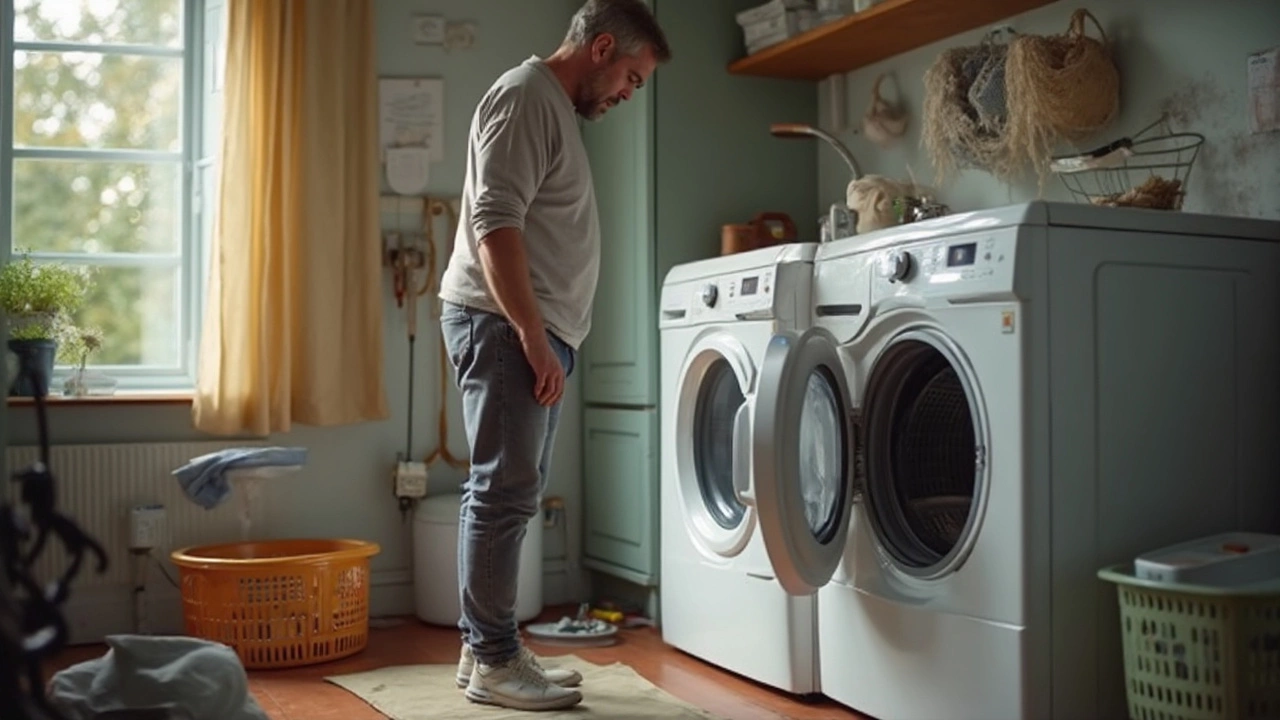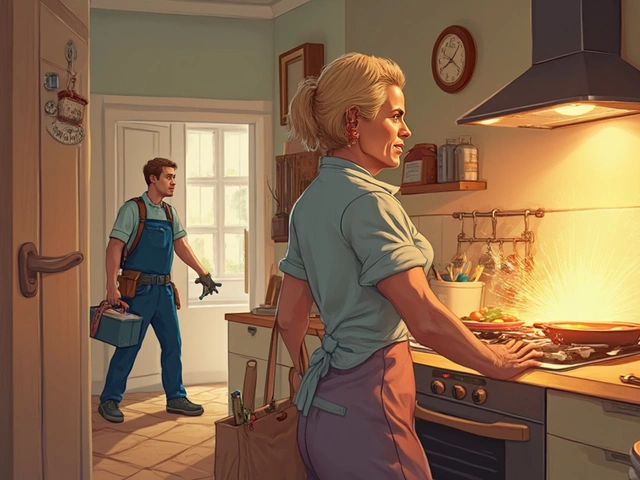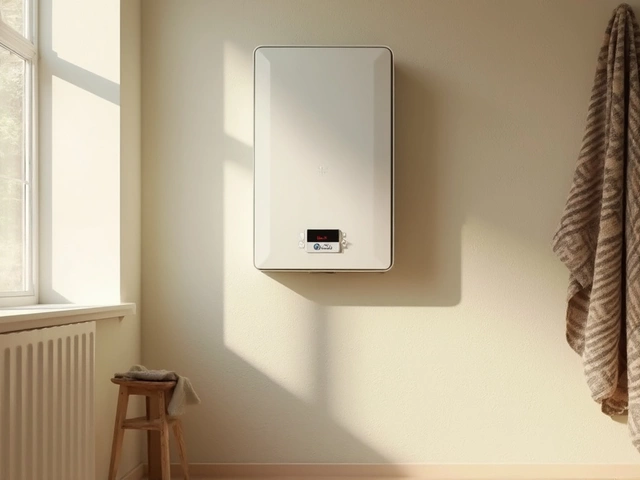If your washer starts the spin cycle and then just hums or waits, you’re not alone. A non‑spinning machine can ruin laundry plans and stress anyone who needs clean clothes fast. Below we break down the most common reasons for spin problems and give you clear steps you can try before calling a technician.
First, figure out what’s stopping the drum from turning. In most cases one of three things is to blame: a blocked drain, an unbalanced load, or a faulty part. A clogged pump or filter can prevent water from leaving the tub, and the machine will stay in a “stand‑by” mode to avoid flooding. Check the lint filter or pump screen – it’s usually behind a small access panel – and clear any debris. A load that’s too heavy or uneven can also trigger the safety sensor. The washer will try to spin, detect the wobble, and then shut off the motor. Split big items like blankets into smaller batches, and make sure you’re not mixing heavy towels with delicate shirts.
Finally, electrical or mechanical parts can wear out. The lid switch (on top‑loading models) tells the machine that the door is closed; if it’s broken, the spin timer never gets the green light. Similarly, a worn belt or a malfunctioning motor coupler can stop the drum from turning. These parts need a professional’s eye, but you can test the lid switch with a multimeter if you feel comfortable.
Start with the simplest fixes. Unplug the washer for a minute, then plug it back in – this power reset can clear error codes and restart the control board. Next, run a short empty cycle with hot water and a cup of vinegar; it helps dissolve mineral buildup that might be clogging the pump. If the machine still won’t spin, open the drain hose and make sure it isn’t kinked or blocked. Detach the hose from the standpipe and blow through it – you should feel a clear flow. While you’re at it, inspect the pump impeller by removing the access panel (usually a couple of screws). If you see small objects like coins or buttons, pull them out. When it comes to load balance, use the washer’s “extra spin” option after a regular cycle. This lets the motor work a bit longer to shake out excess water, often fixing a lingering wobble. If the problem persists, consider calling a local repair service. Our Bognor Regis Appliance Repair Experts can diagnose a broken lid switch, replace a worn belt, or repair a motor in under an hour. Remember, regular maintenance keeps spinning issues at bay. Clean the filter every month, avoid over‑loading, and run a cleaning cycle quarterly. With these habits, your washer will stay smooth, quiet, and ready for the next load.

Find out why your tumble dryer isn't spinning and learn step-by-step fixes for common dryer problems. Stay informed with practical tips and real solutions.

Electric stoves are a staple in many kitchens, but how long can you expect them to last? This article delves into the average lifespan of an electric stove and what factors can influence its longevity. Discover maintenance tips that can help extend its life and recognize signs when repairs or replacements might be necessary. This guide aims to empower you with insights into prolonging the efficiency of your kitchen's electric stove.

An electric hob on the fritz can leave you in a lurch, but knowing how much it costs to fix can help you prepare. We'll break down the average repair costs, consider factors like brand, parts, and labor, and help you decide if a repair or replacement makes more sense. Get the inside scoop on typical issues that might arise and how to avoid them in the future. With this guide, you'll feel more confident when talking to repair technicians and won't be caught off guard by unexpected expenses.

Stuck with a broken boiler and a cold house? This guide shares quick, practical steps to keep your home warm without a working boiler. Learn about safe heating alternatives, ways to trap heat, and smart tricks for getting through chilly nights. Find out what to avoid, when to call a professional, and how to prep for future breakdowns. Perfect for homeowners who want to stay safe and comfortable during a boiler emergency.

Most extractor fans can be repaired with simple fixes like cleaning, capacitor replacement, or tightening parts. Learn when DIY works and when to call a pro to avoid costly damage from damp and mold.

Troubles with your water heater might mean it needs a reset. Knowing when and how to reset it can prevent cold showers and unnecessary stress. This guide covers signs your water heater needs resetting, why it's important, and how to do it safely. Plus, learn some handy maintenance tips to keep it running smoothly.